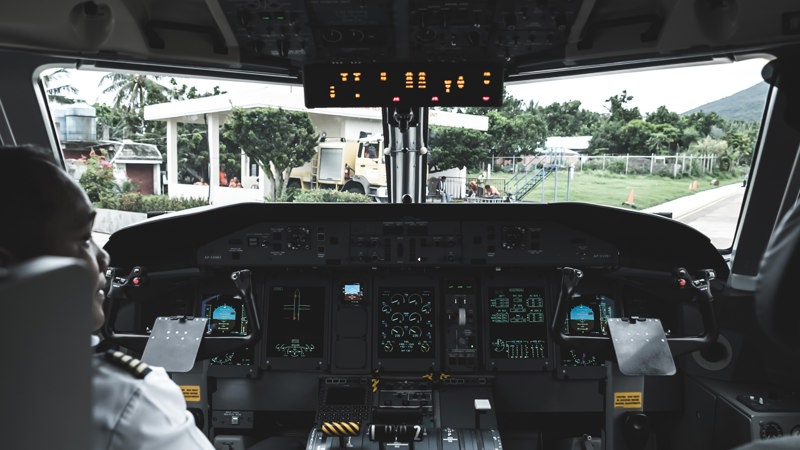
Heathrow has been at full capacity for over 10 years. With a third runway, 40 routes could be added and existing routes increase in frequency. Prices on average would be about 20% lower. We laid out the economic case.
Feeling congested
It’s a simple law of economics where demand exceeds supply that prices must rise to bring demand back in line with capacity.
Heathrow has been operating at capacity for over ten years, but we needed to convince a government under scrutiny of the case for a third runway. What was the real economic case?
Fares fair
First, we used econometrics analysis to estimate the size of the congestion premium by comparing ticket fares on given routes at Heathrow with those at other airports, controlling for other factors which also impact on price.
We found that the congestion premium today is around 20% - i.e. passengers have to pay 20% more than they otherwise would if Heathrow was not constrained. In other words, if Heathrow was not constrained, ticket fares would be lower. And this 20% will continue to grow each year as demand continues to rise.
Then we showed that capacity constraints mean that airlines cannot freely add new connections. Airlines can (and do) still add new connections, but they must make room for them by reducing the frequency on other routes, or cutting out other routes altogether – which is clearly bad news for passengers who use those routes. So adding new routes come at a cost.
We identified around 40 new long-haul connections which could be added at Heathrow if it had the extra capacity.
Three’s free
The case for capacity constraint was proved in front of the Airports Commission. The government gave the green light to the Heathrow expansion.



